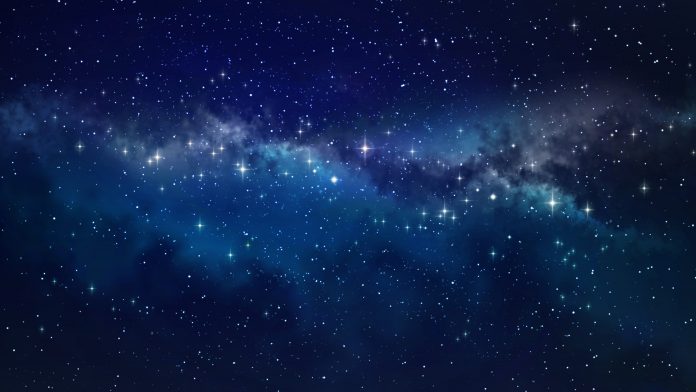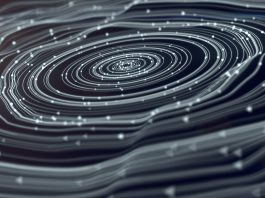Researchers at the University of Birmingham have confirmed that stars spin faster than previously expected as they age.
The researchers have employed asteroseismology to illuminate this emerging theory on the faster spin speed of older stars. All stars are born spinning, but as they grow older, their spin speed decreases due to magnetic winds in a process known as ‘magnetic braking.’
In 2016, scientists at Carnegie Observatories published research that indicated stars at a similar stage of life as the Sun were spinning faster than magnetic braking theories expected.
This study’s results were centred around a technique in which scientists identify dark spots on the surface of stars and follow them as they move with the stars’ spin. While the technique has proven capable of measuring spin in younger stars, however, older stars have fewer star spots, which has made the impacts of this “weakened” magnetic braking on these stars difficult to confirm.
In the new study, published in Nature Astronomy, the Birmingham researchers used asteroseismology to calculate how a star is rotating, enabling them to measure the oscillations caused by sound waves trapped inside the star. By calculating the different characteristics of these waves, they can determine different characteristics of stars, such as their size or age.
Lead author on the paper, Dr Oliver Hall, said: “Although we’ve suspected for some time that older stars rotate faster than magnetic braking theories predict, these new asteroseismic data are the most convincing yet to demonstrate that this ‘weakened magnetic braking’ is actually the case. Models based on young stars suggest that the change in a star’s spin is consistent throughout their lifetime, which is different to what we see in these new data.”
The team believes that shifts to the stars magnetic field may hold the key to change in momentum loss. As well as this, the research could help researchers understand the activity of the Sun.
Co-author Dr Guy Davies added: “These new findings demonstrate that we still have a lot to learn about the future of our own Sun as well as other stars. This work helps place in perspective whether we can expect reduced solar activity and harmful space weather in the future. To answer these questions, we need better models of solar rotation, and this work takes an important step towards improving the models and supplying the data needed to test them.”









